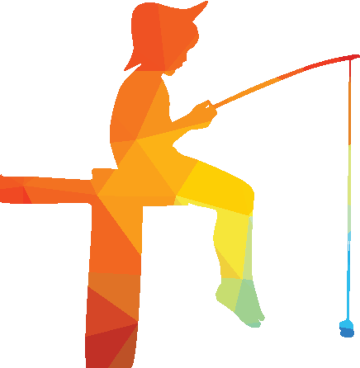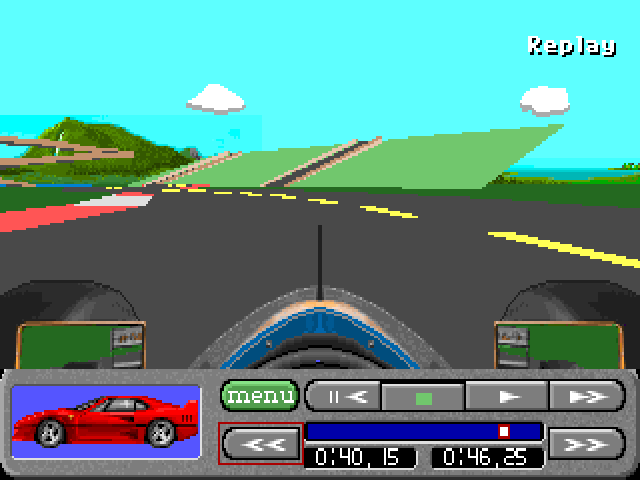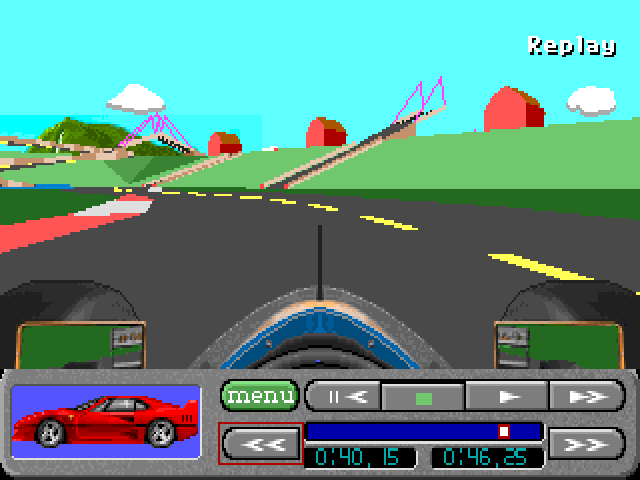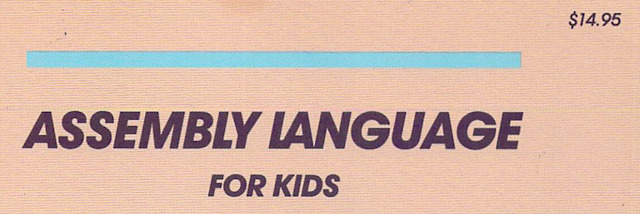best viewed with NetSurf

Stunts, 1990 - freestyle motocross game Prologue

As the name suggests this is a freestyle motocross video game, but as will be shown, there are a few problems
In 1991, Jose Yanez became the first person to backflip a motocross bike.
Stunts having been made in 1990, before the first backflip was made by Jose Yanez on a motocross bike, the authors of Stunts didn't take backflips into consideration, so unfortunately, backflips in this game are not possible. Another problem is that the first motorbike was added to the game in 2022The first motorbike for Stunts is done.
So for 32 years, between 1990 and 2022, everything about the game was wrong, including the documentation, although not many people noticed. You can download the repaired game below and except for the motorbike I obviously removed all the cars except for one, the wheels of which are somewhat larger and therefore more appropriate for jumps.
 Graphics displayed by the original executable from 1990
Graphics displayed by the original executable from 1990
|
 Graphics repaired in 2025 by Alberto Marnetto
Graphics repaired in 2025 by Alberto Marnetto
|
The problem with the backflips remains, but with help from Lucas Pedrosa I adapted my game, Simcar, to use tracks from Stunts and in my game, backflips and frontflips are possible, because physics are taken into consideration, including Newton's 3rd law of motion: if two bodies exert forces on each other, these forces have the same magnitude but opposite directions. So when the car is in the air, acceleration and brake will transfer torque from the wheels to the car. You can watch the second video in the page with Simcar. The problem with my game is that only cars are included and no motorbikes, because you have to sit on a bike to keep it balanced, which doesn't work with a simulation game. If someone recommends to you a video game with bikes or skates, that person is trying to trick you. Stunts is not a simulation game, so in Stunts, this not so much of a problem.
Download
The archive below includes the repaired game and some tools made by a few people. Details inside. The game requires FreeDOS or some emulator, such as DOSBox.
MD5: 9e1e89bb3b570805312d9400edeffb4b
About emulators
An emulator is a program that enables a computer to run programs made for another type of computer. This is useful, for instance, to play games on computers that are no longer available. Currently, making a game compatible with (almost) any type of computer is easy, by using the C programming language, which was standardised in 1989, and the SDL library
SDL is a wrapper around the operating-system-specific functions that the game needs to access. The only purpose of SDL is to provide a common framework for accessing these functions for multiple operating systems (cross-platform). SDL provides support for 2D pixel operations, sound, file access, event handling, timing and threading.
From a book published in 1991C has the great advantage of always being available on commercial UNIX implementations. UNIX is written in C, so whenever UNIX is implemented on a new type of hardware, getting a C compiler to work for that system is the first task. [...] Realistically, C is the first choice for portability of software in the UNIX environment.
However, besides not having been standardised yet, the C language is relatively complex and was not suitable for the home computers widely used before 1990, like the ZX Spectrum. Therefore, simpler programming languages were popular at the time, such as BASIC, Pascal, or assembly languages.
Assembly languages are specific to each type of computer and although almost all home computers came with BASIC interpreters, they were also different, so a program written in BASIC for one computer would generally not function without modifications on another computer. Pascal was standardised in 1983, so it was possible for a program written in Pascal to function without modifications on different computers, with some limitations (i.e. no graphics), but this doesn't mean that the program could be transferred directly, because storage devices and file formats were also different and incompatible.